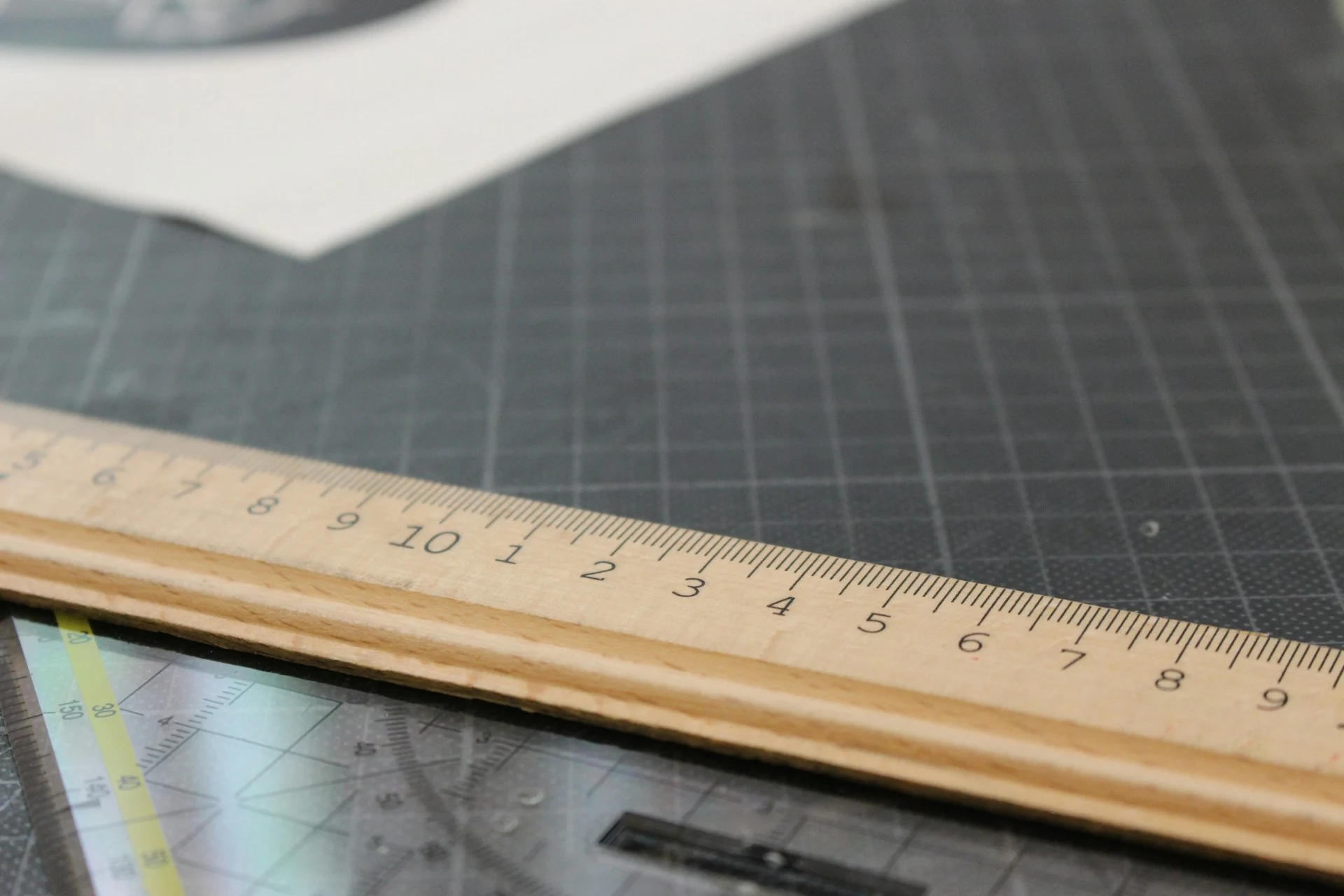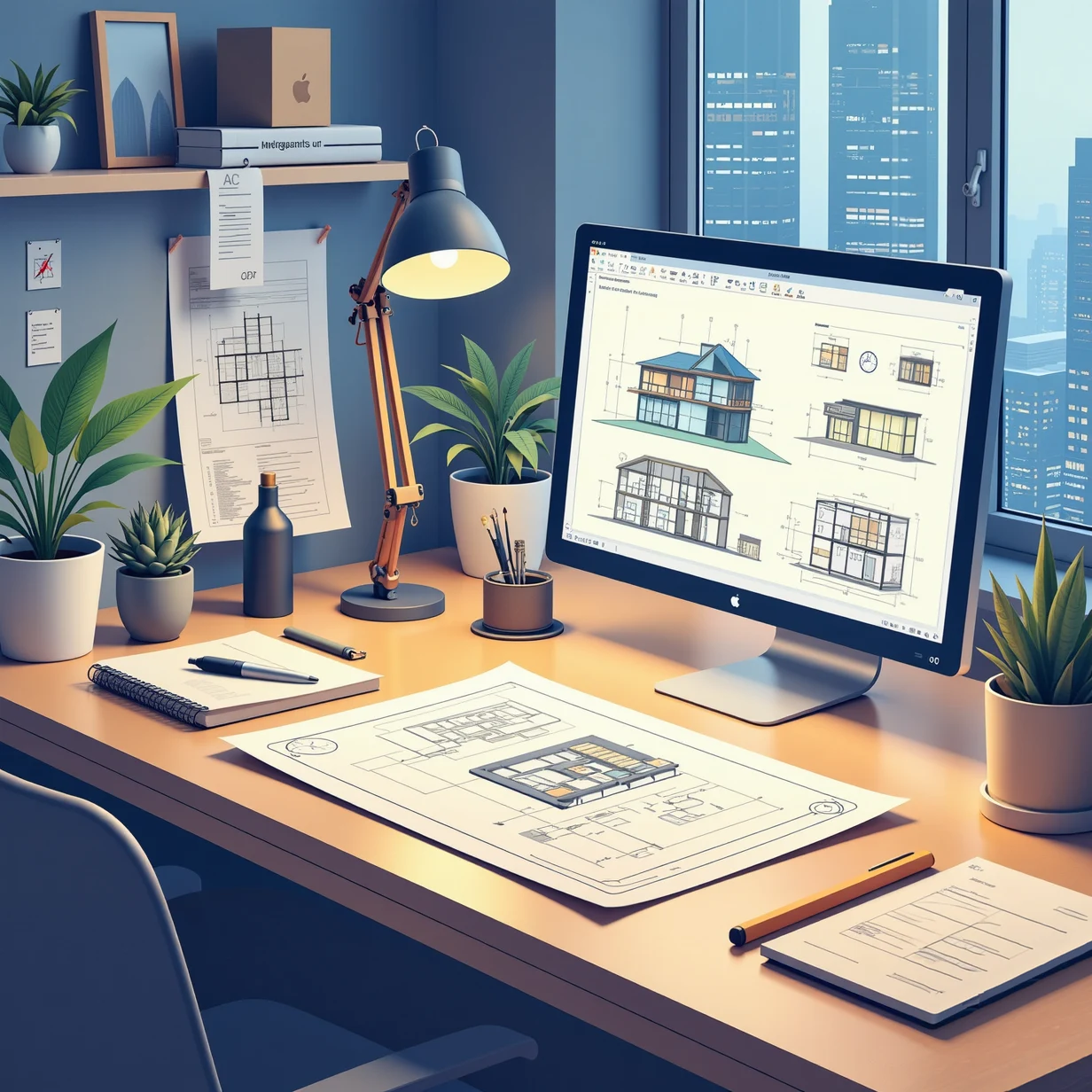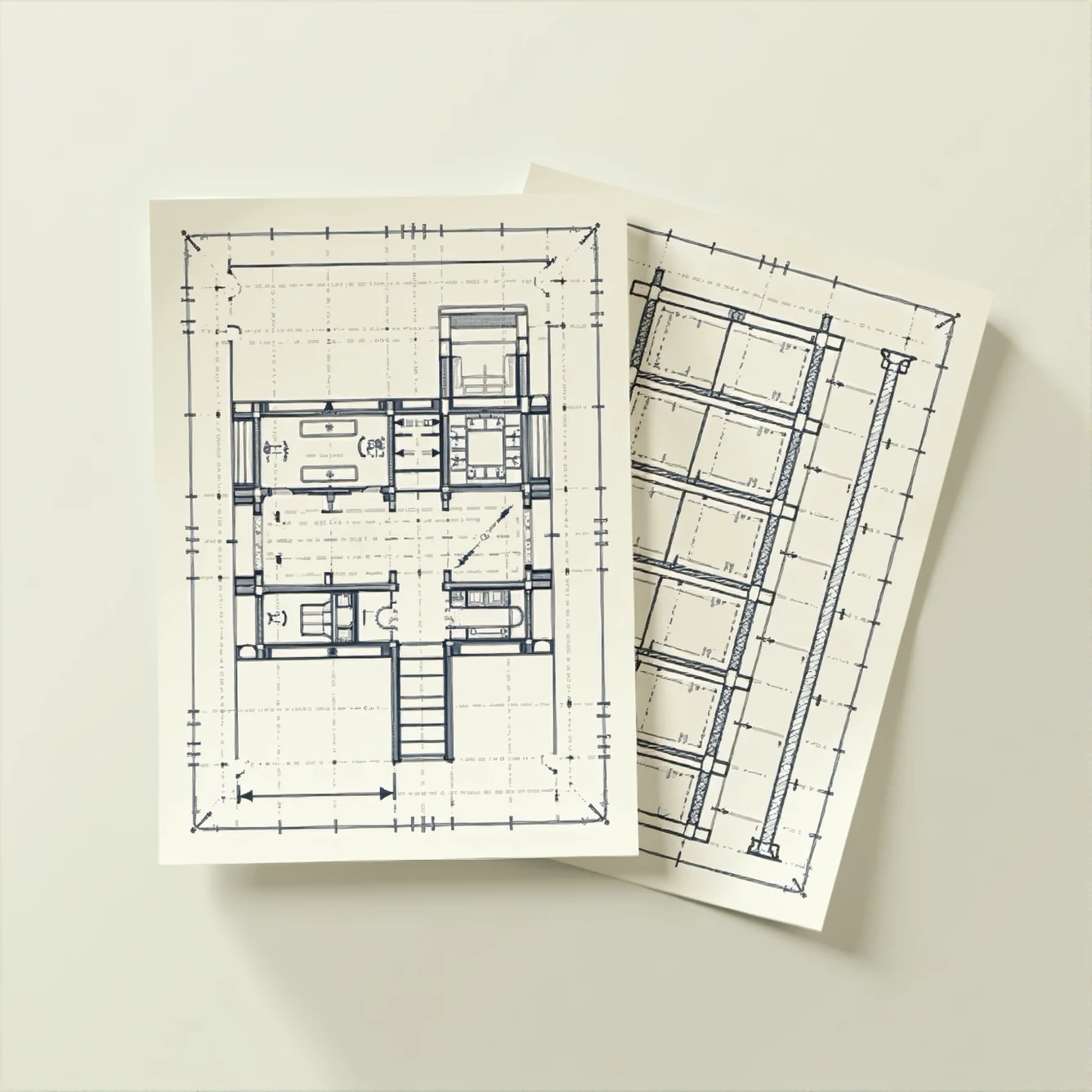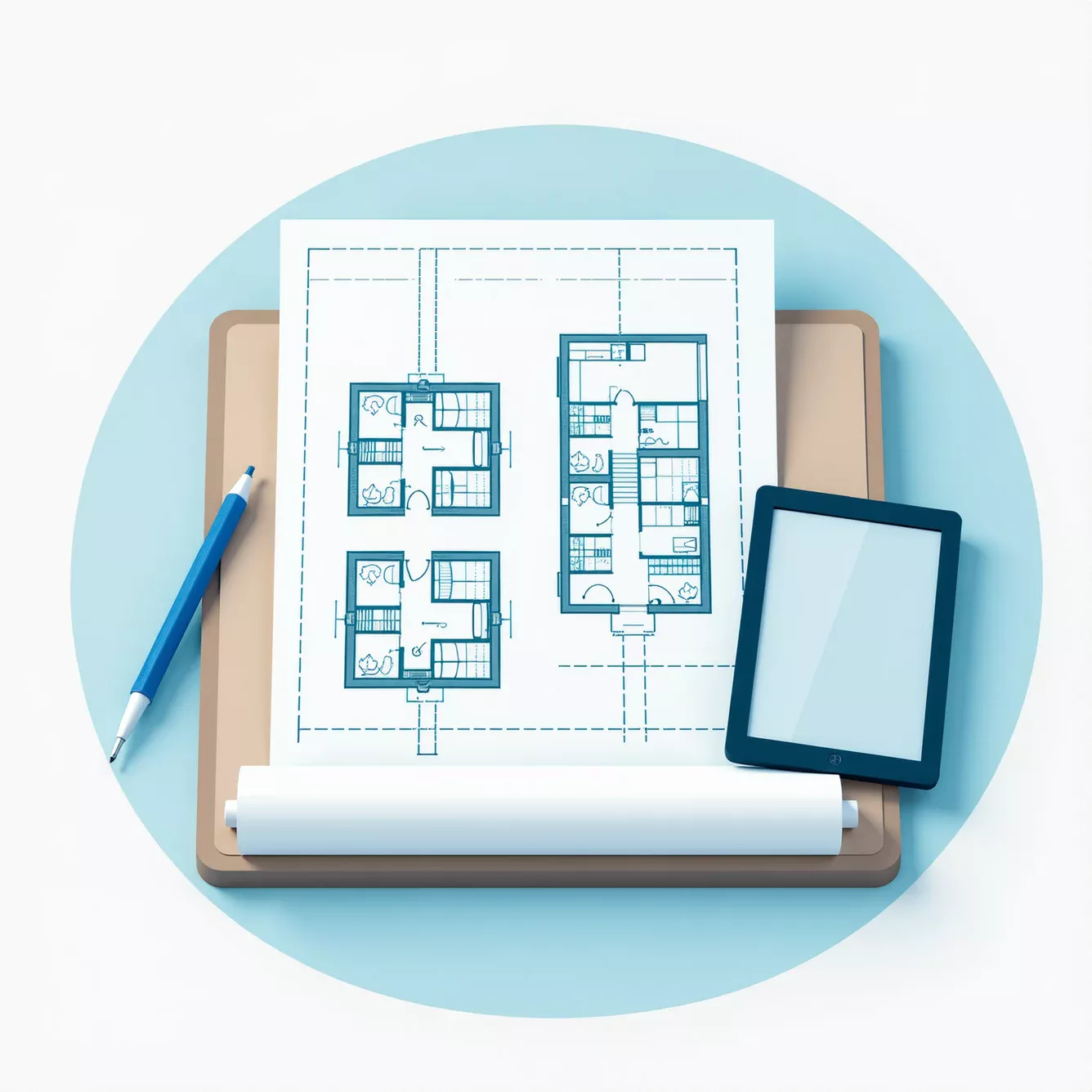
Why Should You Get Your Old Hand-Drawn Sketches Professionally 2D Drafted?
Hand-drawn sketches have an irreplaceable charm, capturing the initial ideas and visions of architects, engineers, and designers. However, as projects evolve and technology advances, these sketches often need to be converted into accurate 2D digital drafts for practical use. Professionally 2D drafting your old hand-drawn sketches offers several benefits, from improved accuracy to enhanced versatility in modern design applications. In this article, we’ll explore why it’s worthwhile to digitize your sketches and how professional 2D drafting services can support this transition.
For expert assistance in converting hand-drawn sketches into precise digital formats, visit our Sketch to Digital page for a range of digitalization solutions.
1. Enhanced Precision and Accuracy
Hand-drawn sketches, while valuable, are often imprecise due to the limitations of freehand drawing. Variations in line weight, small measurement errors, and distortions can result in inaccuracies that impact the design process. When a sketch is professionally 2D drafted, it undergoes careful measurement and alignment in a CAD (Computer-Aided Design) program, ensuring precise dimensions and proportions.
Accurate digital drafts are essential for design and engineering projects that require high precision, such as architectural blueprints, technical schematics, and product designs. With the help of professional drafting services, your sketches can be transformed into detailed and dimensionally accurate plans that streamline the project’s workflow and reduce the risk of costly errors.
2. Improved Collaboration and Communication
In today’s collaborative environment, sharing and discussing project details with team members, clients, and stakeholders is crucial. Hand-drawn sketches can be challenging to share and interpret, especially for those unfamiliar with the creator’s style or shorthand. Digital 2D drafts, on the other hand, are universally accessible and easy to understand, making them ideal for team collaborations.
Digital drafts can be saved in various file formats compatible with different CAD and design software, allowing teams to work together seamlessly. These files can be annotated, edited, and scaled without compromising quality, supporting clear and efficient communication throughout the project.
3. Preservation and Archiving
Hand-drawn sketches are vulnerable to damage from factors like age, environmental conditions, and handling. Professional 2D drafting helps preserve the information contained in these sketches by converting them into digital files that can be stored indefinitely. Digital files are immune to physical degradation, ensuring that valuable design concepts are preserved for future reference.
Digitized sketches are also easy to organize and archive, making it simpler to retrieve them when needed. This is especially valuable for firms and individuals who manage a large number of projects and require a streamlined system for storing and accessing design records.
4. Compatibility with Modern Design and Manufacturing Tools
Most modern design, engineering, and manufacturing tools rely on digital inputs. Whether it’s for CNC machining, laser cutting, or 3D printing, having a precise 2D digital draft is essential. Hand-drawn sketches are not directly compatible with these tools, limiting their usability in contemporary design processes.
By converting sketches into accurate 2D drafts, you can ensure compatibility with these advanced tools and workflows. This compatibility is essential for architects, product designers, and manufacturers who rely on digital data to bring designs to life in the physical world.
5. Facilitating Design Revisions and Iterations
Design projects often undergo multiple revisions and adjustments as they evolve. With a digital 2D draft, these changes can be made easily and efficiently. CAD software allows for quick modifications to measurements, materials, and other details, supporting a smoother revision process compared to working with hand-drawn sketches.
Digitized drafts make it easy to test design changes, explore different layouts, and visualize the impact of each adjustment. This flexibility is particularly valuable in industries like architecture and engineering, where client feedback and regulatory requirements often necessitate design modifications.
6. Supporting Accurate Cost Estimation and Resource Planning
Accurate cost estimation is a crucial part of project planning, especially in construction and manufacturing. Digital 2D drafts allow for precise measurements, which support detailed cost analysis and resource allocation. By understanding exact dimensions and materials, project managers can create accurate budgets and schedules, helping to avoid overages and delays.
Professionally drafted digital plans help streamline the estimation process, providing essential information for procurement, labor scheduling, and logistics. This accuracy not only enhances efficiency but also builds client confidence by demonstrating a clear, well-organized project plan.
7. Consistency Across All Project Phases
Consistency in design and measurements is crucial across the different phases of a project. Digital 2D drafts create a uniform standard for design data, ensuring that everyone working on the project is aligned with the original concept and specifications. This consistency is especially important in collaborative projects, where architects, engineers, and contractors work together to bring a vision to life.
By relying on precise digital drafts, projects maintain a cohesive design throughout planning, development, and construction. This consistency minimizes errors and keeps the project on track, saving time and reducing the risk of miscommunication.
8. Ease of Compliance with Industry Standards
Professional drafting services ensure that your sketches are converted into digital formats that comply with industry standards, such as ISO and ANSI for engineering drawings. Meeting these standards is essential for regulatory compliance, quality control, and safety in many industries.
Whether you’re working on an architectural project or a technical product design, professional 2D drafting ensures that your plans meet the necessary specifications, making it easier to pass inspections and receive approvals.
9. Aesthetic Value for Presentations and Marketing
High-quality digital drafts have a polished, professional appearance that can enhance presentations, marketing materials, and client proposals. Unlike hand-drawn sketches, digital drafts can be scaled, colorized, and customized to suit different formats and visual styles. This adaptability makes them valuable assets for showcasing your work and attracting potential clients.
In presentations, 2D drafts are easy to incorporate into digital slideshows, brochures, and online portfolios. Their clarity and professional look add credibility to your work, demonstrating your commitment to quality and precision.
In conclusion
Converting old hand-drawn sketches into professional 2D digital drafts offers numerous benefits, from increased accuracy to compatibility with modern tools. By digitizing your sketches, you can preserve valuable design concepts, improve collaboration, and streamline project workflows. For expert 2D drafting services, explore our Sketch to Digital page to learn how we can help bring your ideas into the digital age.









